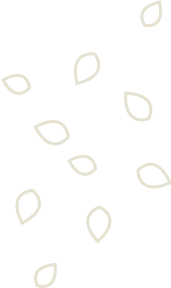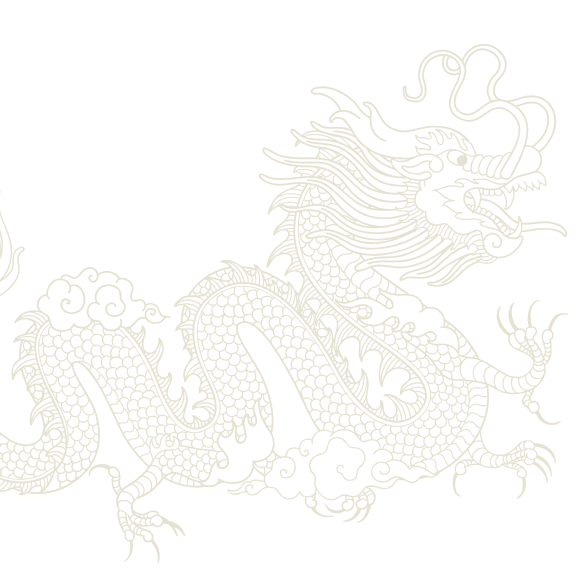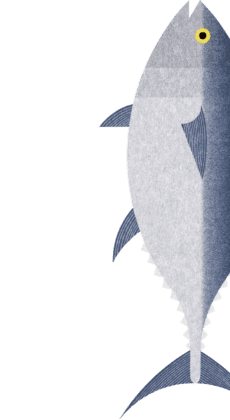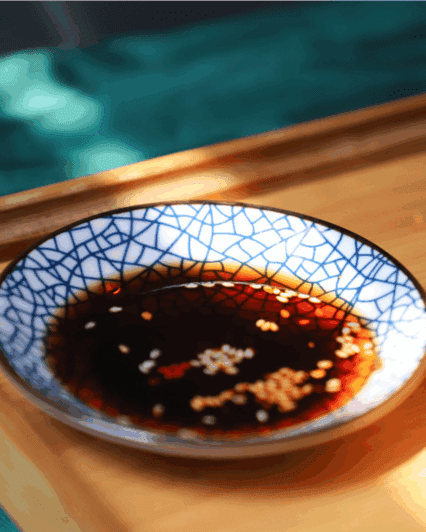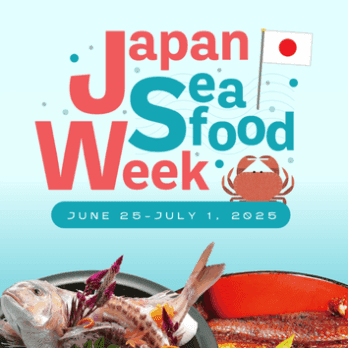What is Songkran?
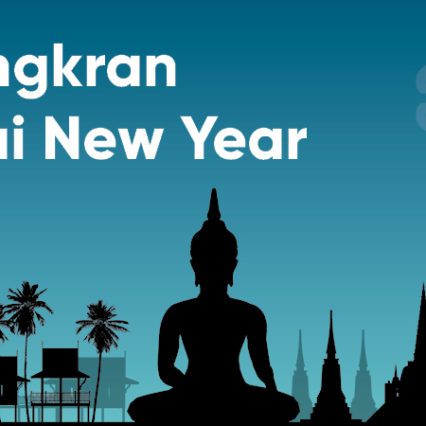
What is Songkran?
Much like the Lunar New Year, Songkran is a time of celebration and renewal. In many regions houses are cleaned, colorful traditional dress is worn, and people return to their home villages or towns to celebrate with their families. People visit temples, make offerings to monks and clean statues of the Buddha. While celebrations will vary by region, they often include parades, beauty pageants to crown “Miss Songkran” and water festivals. Along with ceremonial cleansing rituals of the young and elderly, many towns celebrate with water fights in the streets. Celebrants douse each other with buckets of water, often scented with flowers or oils, or throw handfuls of chalk.
And, of course, Songkran is celebrated with food. Like many Asian dishes, foods with symbolic meanings are popular. Laab Gai (also spelled “Larb Gai”) is a minced chicken salad with herbs that sounds similar to the phrase for “good luck,” while Toong Tong (“Thung thong”) are fried dumplings that sound like the word for “money bags.” Besides these “lucky” foods, many of the most popular Thai dishes also happen to be popular Songkran dishes: Phad Thai, Mango Sticky Rice, Massaman Curry, and Tom Yum soup.
